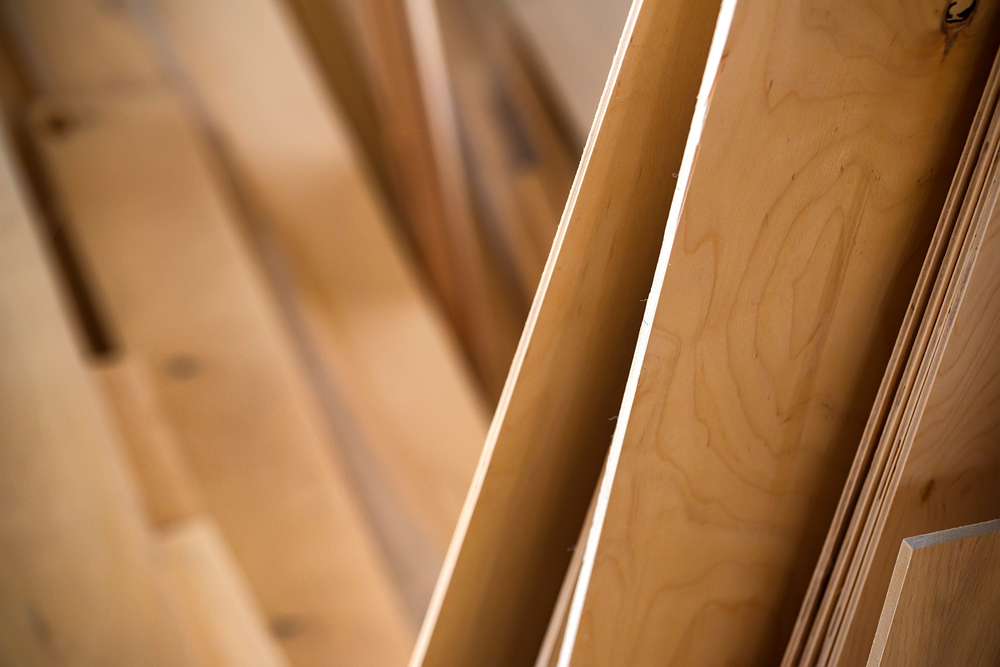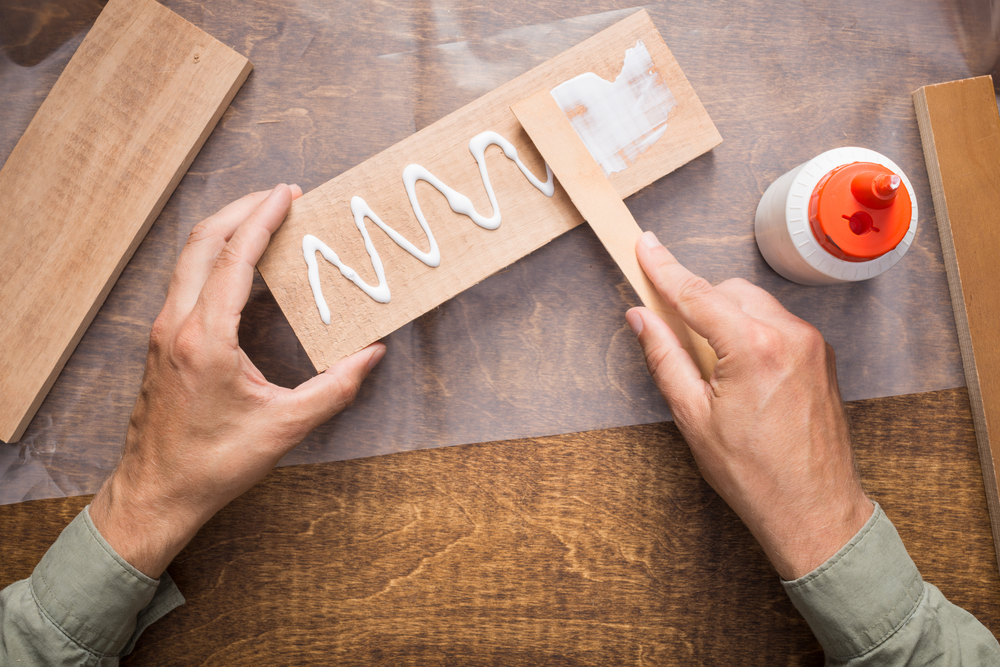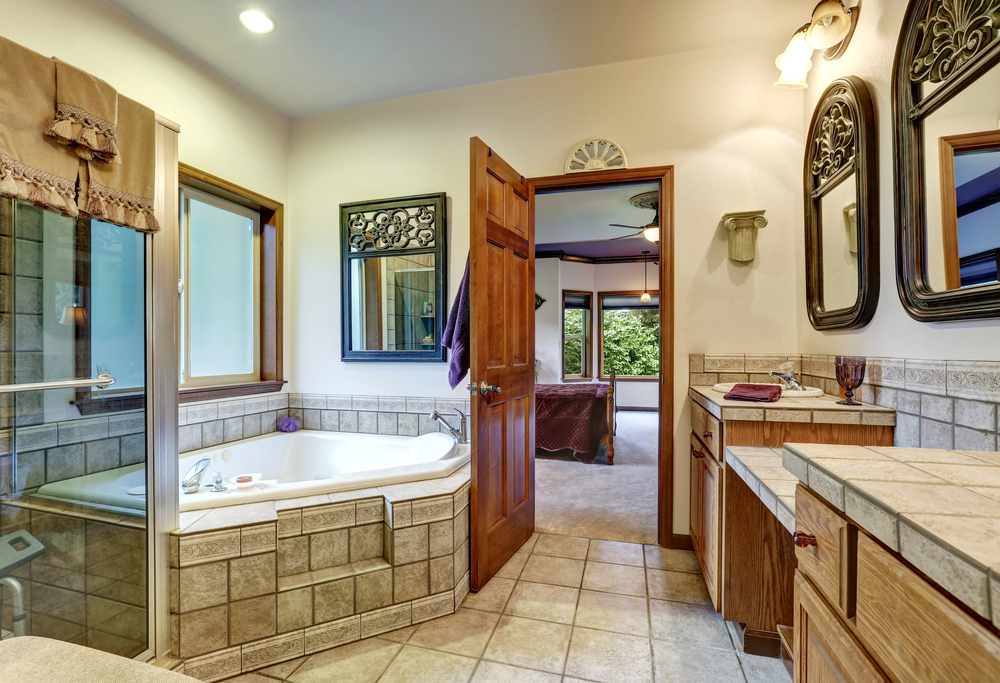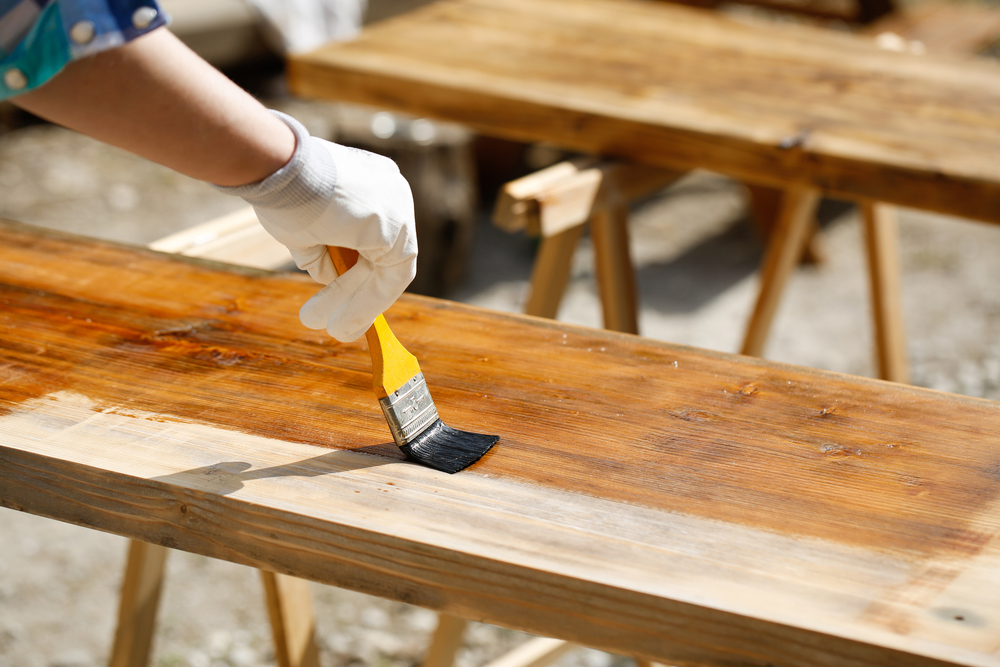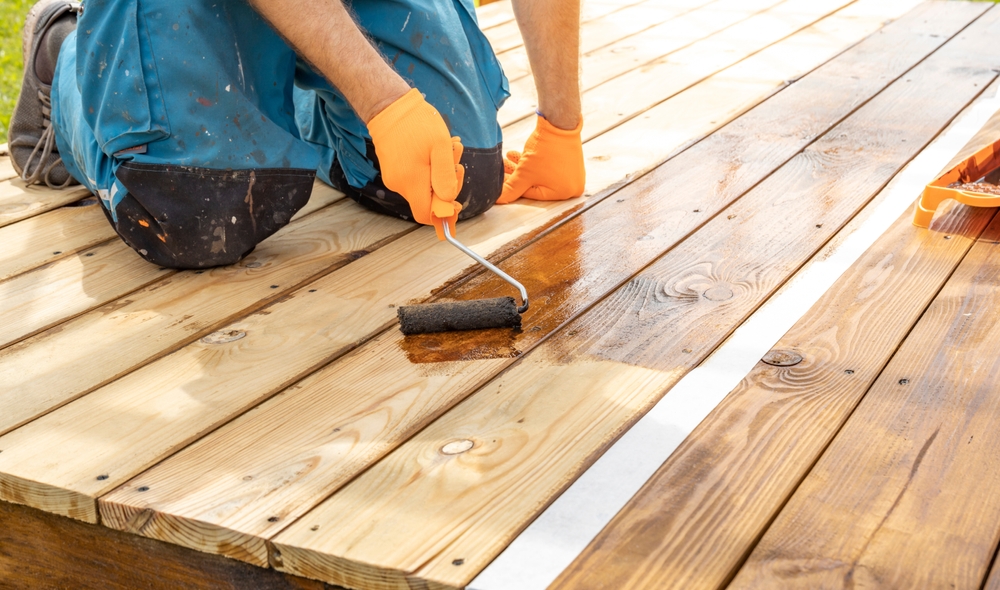Closet Depth Explained
Closet Depth Explained
Closet depth is an essential factor in home design. Whether you’re planning a renovation or looking to optimize your storage, getting this right can make a significant difference. Let’s delve into what closet depth involves and why it matters.
Standard Closet Depth
Typical closet depths are designed to accommodate standard hangers. The general depth for a reach-in closet is around 24 inches. This depth allows clothes to hang properly without touching the back wall or protruding out excessively.
Variations in Depth
Not all closets are the same. For homes with space constraints, closets might be shallower. Shallow closets, around 12 to 18 inches deep, are often used for storing folded clothes, shoes, or accessories. Conversely, larger homes might have deeper closets, sometimes up to 30 inches, providing ample space for oversized items.
Walk-In Closets
Walk-in closets are a different category altogether. These are typically much deeper, starting at around 48 inches and going up from there. The design of walk-in closets includes not just depth but also width to allow for easy movement. They often feature various storage solutions like drawers, shelves, and hanging rods.
Custom Closets
Custom closets allow you to tailor the depth to your specific needs. Custom designs take into account what you intend to store and how much space is available. This option provides flexibility but requires careful planning to maximize utility and efficiency.
Impact on Room Space
The depth of a closet affects the usable space in a room. A deeper closet requires more room space, which could impact furniture placement and movement. Balance is key, ensuring that the closet serves its purpose without dominating the room.
Closet Depth and Door Types
The type of door you choose can influence the required depth. Sliding doors, for instance, don’t need additional space to open, making them ideal for spaces where depth is limited. Hinged doors, on the other hand, require extra space to swing open, which should be considered in the overall design.
Storage Solutions
- Shelves: Adjustable shelves add flexibility. They make it easier to store various items without wasting space.
- Drawers: Integrated drawers are excellent for smaller items such as socks, underwear, or accessories.
- Hanging rods: Multiple hanging rods at different heights can maximize vertical space.
Depth and Accessibility
Ensuring accessible depth is crucial. Items stored at the back of a deep closet can be hard to reach. Sliding shelves or pull-out drawers can help make full use of the depth without compromising accessibility.
Maximizing Efficiency
Organization tools can maximize the efficiency of whatever depth you have. Consider using storage bins that fit the depth of shelves. Label these bins to keep track of what’s stored. Space-saving hangers can also maximize hanging space efficiently.
Material Considerations
The materials used in closet construction can affect both the depth and the functionality. Strong, durable materials support more weight but may also be thicker, reducing available space. Lightweight yet sturdy materials like aluminum or composites can offer a good balance.
Planning and Measuring
Planning the depth starts with measuring the available space. Take into account the full height, width, and any obstructions such as light fixtures or electrical outlets. Sketch out a plan that includes these measurements and visualize how different depths will fit into the space.
Considerations for Existing Closets
For existing closets, assess if the depth is serving its purpose. If not, consider retrofitting with shallow organizers or deeper shelves. Sometimes, reconfiguring the closet layout can provide more usable depth without structural changes.
Professional Help
Sometimes, consulting with a professional can help optimize closet depth. Designers bring experience and a fresh perspective. They can suggest solutions you might not have considered and help achieve a balance between space and functionality.

